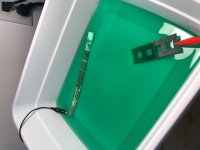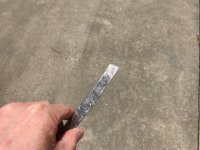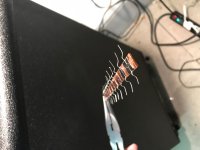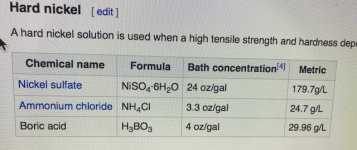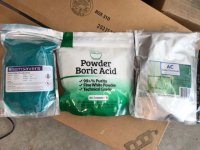garolittle
10 kW
So I finally tried the following procedure .....
https://youtu.be/Q8Xo43sfLgY
As you can see from the pictures, the process worked well. I left the copper bus bar in the “nickel plate bath for 30-minutes and it came out shiny silver colored. My only question is why the alligator clip on the positive side of the bath literally dissolved away in the solution. I was only using about 3v so why would this happen? Thanks for any ideas.
I left the copper bus bar in the “nickel plate bath for 30-minutes and it came out shiny silver colored. My only question is why the alligator clip on the positive side of the bath literally dissolved away in the solution. I was only using about 3v so why would this happen? Thanks for any ideas.
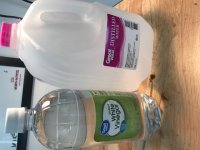
 View attachment 7
View attachment 7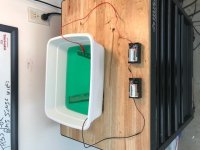 View attachment 5View attachment 4View attachment 3
View attachment 5View attachment 4View attachment 3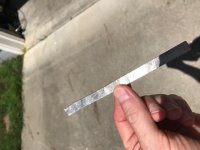 View attachment 1
View attachment 1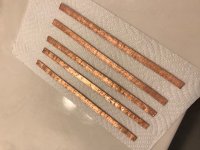
https://youtu.be/Q8Xo43sfLgY
As you can see from the pictures, the process worked well.

 View attachment 7
View attachment 7 View attachment 5View attachment 4View attachment 3
View attachment 5View attachment 4View attachment 3 View attachment 1
View attachment 1


